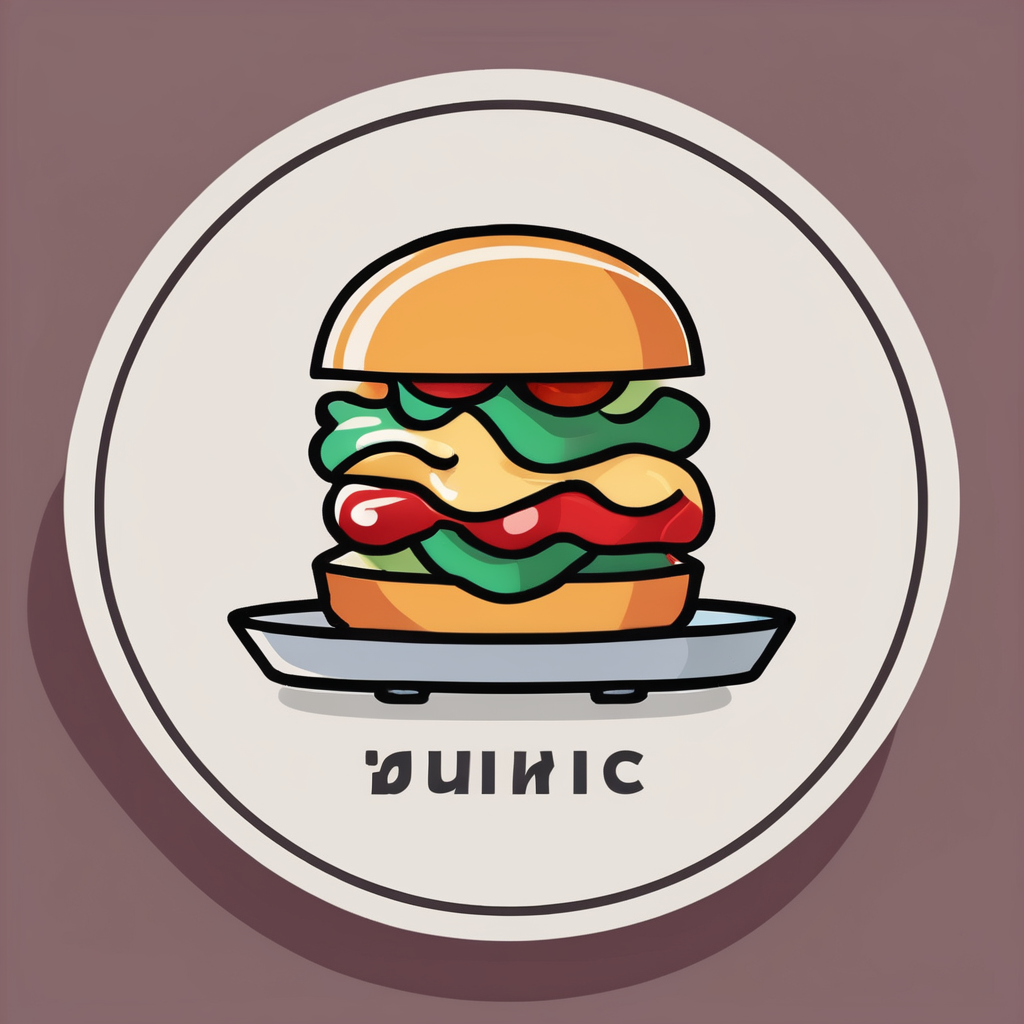Understanding Sunlight Angles and Kitchen Design
Sunlight angles play a pivotal role in kitchen design, influencing both aesthetic appeal and functionality. Throughout the day, sunlight angles shift, with the morning sun ascending in the east and descending in the west during the evening. Seasonally, the sun’s path also changes, peaking high during summer and lower in winter, affecting how light disperses through a kitchen. Understanding these angles allows for better planning in natural light optimization, ensuring each space’s illuminance aligns with its usage and needs.
Maximizing natural light through strategic kitchen design not only enhances visibility but can also elevate mood and ambiance. Appropriate window placements can capitalize on the sun’s path, making kitchens inviting and practical. The impact of sunlight on kitchen aesthetics is profound, with well-lit spaces appearing larger and more welcoming. Moreover, functionality benefits as natural light improves task visibility, reducing dependency on artificial lighting.
Also read : Budget-friendly kitchen makeover: strategic tips for cost-effective remodeling
Designers can deliberately position windows and reflective surfaces to manipulate light, making the most of every ray. For instance, high ceilings can be paired with skylights to diffuse sunlight evenly. By consciously considering sunlight angles, it’s possible to create kitchens that not only function efficiently but also exude warmth and vibrancy.
Home Orientation and Its Impact on Kitchen Lighting
The orientation of a home significantly influences kitchen lighting through its effect on daylight exposure. When planning kitchen design, understanding how different orientations affect light intake can lead to mastering both functionality and style.
Additional reading : Boost Your Kitchen Efficiency: Essential Energy-Saving Strategies for Major Appliances in the UK
North-Facing Kitchens
North-facing kitchens are characterized by a soft, consistent natural light throughout the day. This mild illumination reduces glare and creates a calming ambiance. However, to enhance light quality, incorporating light-reflective surfaces and opting for bright colour palettes can make these spaces feel more open and airy.
South-Facing Kitchens
Kitchens facing south benefit from abundant sunlight, making them ideal for bright, vibrant spaces. The challenge lies in managing excess sunlight and resultant heat. Techniques such as using blinds or shades, and incorporating thermal-buffering materials can help. Such designs are often celebrated in case studies for their vibrant aesthetics and energy efficiency.
East and West-Facing Kitchens
East-facing kitchens bask in morning sunlight, offering a refreshing start to the day, while west-facing counterparts catch the afternoon sun. Unique lighting challenges include overly bright mornings and potentially dim afternoons. Strategic window placements and the use of sheer curtains can harmonize light levels, providing balanced and inviting environments. Consider sample layouts that optimize these shifts for the best lighting results.
Practical Tips for Maximizing Natural Light in Kitchens
Optimizing natural light in kitchen design can significantly enhance both the visual appeal and functionality of the space. Achieving this begins with careful consideration of window placements and sizes. Selecting larger windows maximizes light penetration and minimizes the need for artificial lighting, heralding a bright and welcoming kitchen atmosphere.
Integrating reflective surfaces can further enhance light distribution. For instance, high-gloss tiles or light-coloured countertops and cabinetry can reflect sunlight deep into the kitchen, increasing illumination without the need for additional light sources. These elements not only improve aesthetics but also contribute to a more energetically efficient kitchen.
Incorporating skylights or light tubes offers another strategy for increasing sunlight exposure. Skylights can dispense sunlight evenly across the kitchen, reducing shadows and creating a vibrant environment. Light tubes, on the other hand, act as conduits, channeling daylight from the rooftop into darker kitchen areas, offering a practical solution for homes with limited wall space.
By implementing these strategies, homeowners and designers can effectively maximize natural light, making the kitchen a more inviting and energy-efficient space. These adjustments ensure a vibrant, well-lit kitchen that aligns perfectly with daily living needs.
Energy Efficiency and Aesthetics Considerations
Harnessing natural light in kitchens not only enhances aesthetics but also contributes to significant energy efficiency. By minimizing reliance on artificial lighting and optimizing sunlight, homeowners can reduce electricity consumption. Effective kitchen design that maximizes natural light results in savings on energy bills by lessening the demand for artificial lighting and heating.
A well-lit kitchen can become a centerpiece in a home, exuding warmth and hospitality. Natural sunlight enhances colours and materials, making spaces feel more vibrant and inviting. It’s not merel aesthetic; substantial aesthetic improvements arise from the smart use of light. Opting for light colours and reflective surfaces can amplify these effects, further enhancing the kitchen’s charm.
Integrating energy-efficient appliances complements natural light usage. With reduced energy needs, there’s ample opportunity to invest in premium, eco-friendly devices. Smart design decisions, like choosing appliances that complement a space’s existing luminosity, enhance both functionality and visual appeal.
To merge these aspects effectively, consider versatile kitchen layouts that highlight natural light while integrating energy-efficient solutions. This synergy between natural light benefits and smart appliance choices underscores an intelligent, sustainable approach to modern kitchen design.


